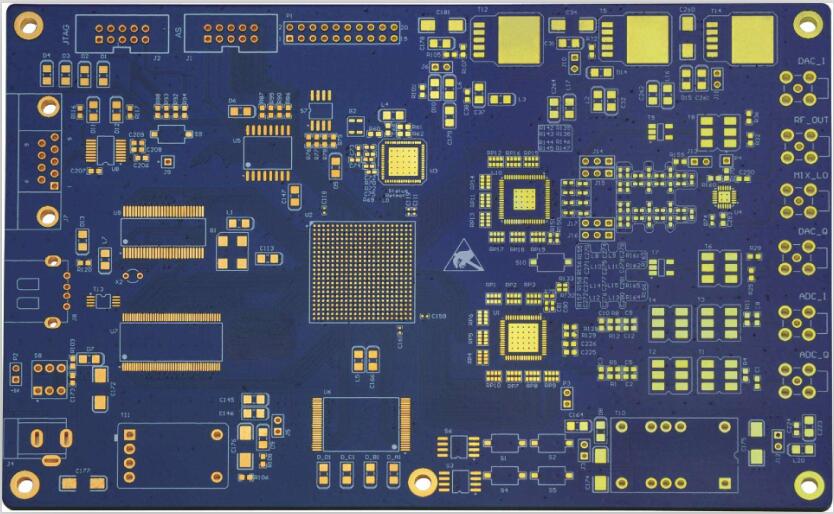Many practitioners in the multi-layer PCB industry know that there are many factors that affect the quality of PCB circuit boards.For example,SMT chip processing equipment,technology,and PCB circuit board design are all well known. Among them, the selection of PCB circuit board is also very important.Choosing the right substrate can not only effectively improve product performance,but also ensure product quality. So, what is the substrate material of multi-layer PCB circuit board?

1.PCB circuit board classification
PCB substrate data is divided into two categories:
(1) Organic material substrates, including phenolic resin, fiberglass/epoxy resin (FR4), polyimide, BT/epoxy resin, etc.
(2) Inorganic material substrates, including inorganic metal substrates (copper substrates, aluminum substrates, etc.) and ceramic substrates.
2.Analysis of advantages of PCB circuit board materials
(1) Metal bottom plate: 0.3mm-2.0mm thick metal plates, such as aluminum, iron, copper, epoxy resin prepreg and copper foil, are pressed by thermal lamination.This metal plate can be used for large-area patch processing and has the following performance characteristics:
(2) Good mechanical performance: The metal substrate has good mechanical strength and toughness. Solve the brittleness problem of pcb circuit boards based on inorganic materials.Suitable for large-area patch processing and can withstand the installation of heavy-duty components. In addition, the dimensional stability and smoothness of metal substrates are its main advantages.
(3) Good heat dissipation:Since the metal substrate and prepreg are in direct contact,it has excellent heat dissipation performance. When a metal substrate is used for patch processing, the heat generated during patch processing can be well dispersed.The heat dissipation capacity of the pcb circuit board depends on the thickness of the metal substrate and the thickness of the resin layer. Of course, the design should also consider the effects of electrical performance, such as resistance.
(4) Can shield electromagnetic waves: In high-frequency circuits, designers are mainly concerned with preventing electromagnetic wave radiation. Metal substrates can form a natural protective layer to achieve the purpose of shielding electromagnetic waves.
3.PCB ceramic substrate
Ceramic substrate: Ceramic substrate is widely used in power electronic circuits and has the following advantages:
(1) Ceramic substrate has good electrical insulation performance, which is the basic performance of the substrate;
(2) The ceramic substrate also has high thermal conductivity and can transfer the heat generated by the circuit well.
(3) Ceramic substrates also have excellent welding performance, high adhesion strength and high current carrying capacity.
PCB circuit boards come in a variety of substrate materials, each with its own advantages. Appropriate substrate data should be selected based on actual use and processing conditions to ensure the quality of the final product. IPCB will also continue to improve its processes to provide customers with better PCB board processing services.